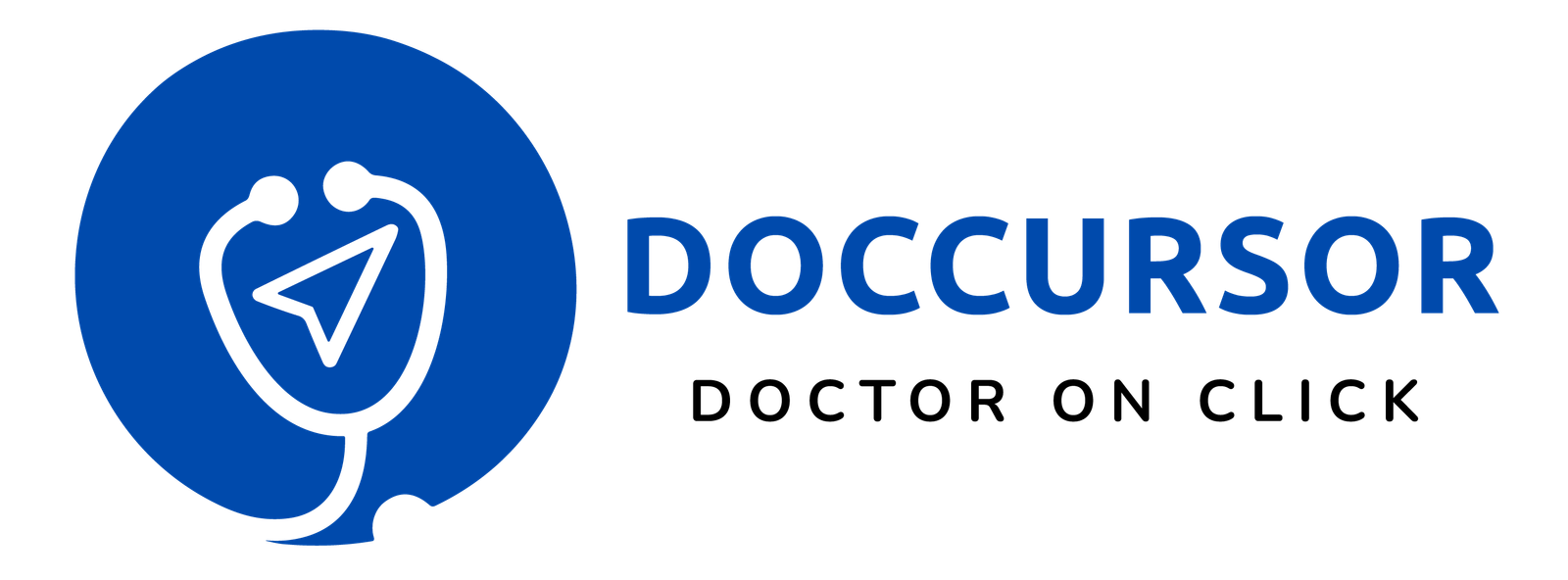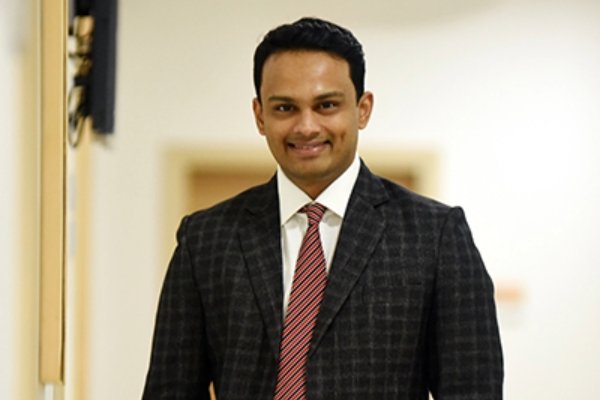Squint Eye Treatment
What is Squint Surgery or Eye Muscle Surgery?
Eye muscle surgery is a minimally invasive procedure performed to correct squinting of an eye or both eyes, as required. The eye surgeon or ophthalmologist loosens, tightens, or relocates the eye muscles to correct the structural issues that lead to crossed eyes.
The surgery is performed on an outpatient basis and takes around 40 to 60 minutes. Strabismus surgery delivers the best results when performed on a child before the age of 6. The success rate is also good in adults but there are significant risks of deviation of the corrected eye.
Best Treatment Center for Squint Eye Surgery
Squint eye or crossed eye can lead to serious complications if not treated on time. Doccursor Care provides optimal treatment for squint eye or strabismus through minimally invasive eye muscle surgery. We have a highly experienced team of ophthalmologists who are well-trained in performing squint surgery with a success rate of more than 95%.
Doccursor Care has its own clinics and partnered hospitals across various cities in India. These treatment centers have modern infrastructure and amenities that are required to provide optimum care to each patient. At each of our clinics, we also have a trained nursing staff who takes care of the patients.
You can book an appointment with Doccursor Care and consult the best eye doctors in India for free to plan squint eye treatment.
What happens in Squint Eye Treatment?
Diagnosis
Typically, strabismus or squint eye is diagnosed during a regular eye examination. Specifically in children, the condition is diagnosed by a pediatric ophthalmologist. In teenagers and adults, an ophthalmologist will diagnose the condition.
Firstly, the eye specialist will gather your medical history and general health data to identify the cause of strabismus. A normal visual acuity test and refraction test are done to check if the patient also has refractive errors. To determine the type of strabismus and severity of the condition, the following tests are used-
- An alignment and focus test is done to determine how the eyes are moving and focusing together to analyze whether they are working in unison.
- The internal structures of the eye are also examined to rule out any underlying disease that may be causing strabismus.
- Hirschberg Corneal Reflex test is a specific type of test that checks the ocular alignment. It determines the location at which the light falls. It helps to identify the type of strabismus.
After an accurate diagnosis, the doctor recommends the most suitable method of treatment for squint eyes.
How to prepare for squint surgery?
The preparation for squint surgery starts with a pre-operative assessment of the patients. Some important tests will be performed to check whether it’s safe or not to carry out the procedure. The doctor and his/her medical team will provide you with specific instructions to prepare you for the surgical procedure.
The common instructions will include the following-
- You need to avoid taking certain medications, such as aspirin, ibuprofen, warfarin, and other blood-thinning medications.
- Avoid eating or drinking anything 4-8 hours before the surgery unless advised otherwise by the surgeon.
- Take the prescribed medications with a small sip of water.
- Wear comfortable clothing. It is not mandatory for the surgery, but it will be easier to get the clothes off and wear the hospital gown before the surgery.
- Avoid using any hair product or makeup product as they contain chemicals.
- Keep your identification card and health insurance information with you as they will be needed for admission.
- Whether the surgery is being performed on a child or adult, it is important to have someone accompanying you. You will also need someone to drive you home after the surgery.
The doctor’s team will contact you before the surgery to ensure that you are well-prepared and provide all the necessary information, including the potential risks associated with the procedure.
Risks & Complications
Though strabismus surgery is generally a safe procedure, there are some risks and complications associated, similar to other surgeries. Some common problems that you may experience are-
- Immediate Side Effects– These can be adverse effects of the anesthesia or infection in the eye. These issues can be addressed without long-term consequences.
- Vision Impairment- In rare cases, the eye structure may get damaged, or severe endophthalmitis (eye inflammation) may develop, resulting in vision loss.
- Bulging Eyes- Also known as exophthalmos, the bulging eye is a condition that develops due to scarring behind the eye. The scarring pushes the eye forward due to the relocation of the eye muscles.
- Eye Deviation- Over-correction or under-correction of strabismus can increase eye deviation after the surgery.
Other than the above risks, some minor complications can also arise after strabismus surgery. These include infection, swelling, or breathing problems. The surgeon takes every possible scenario into account and resolves them properly so that the patient can safely go home.






